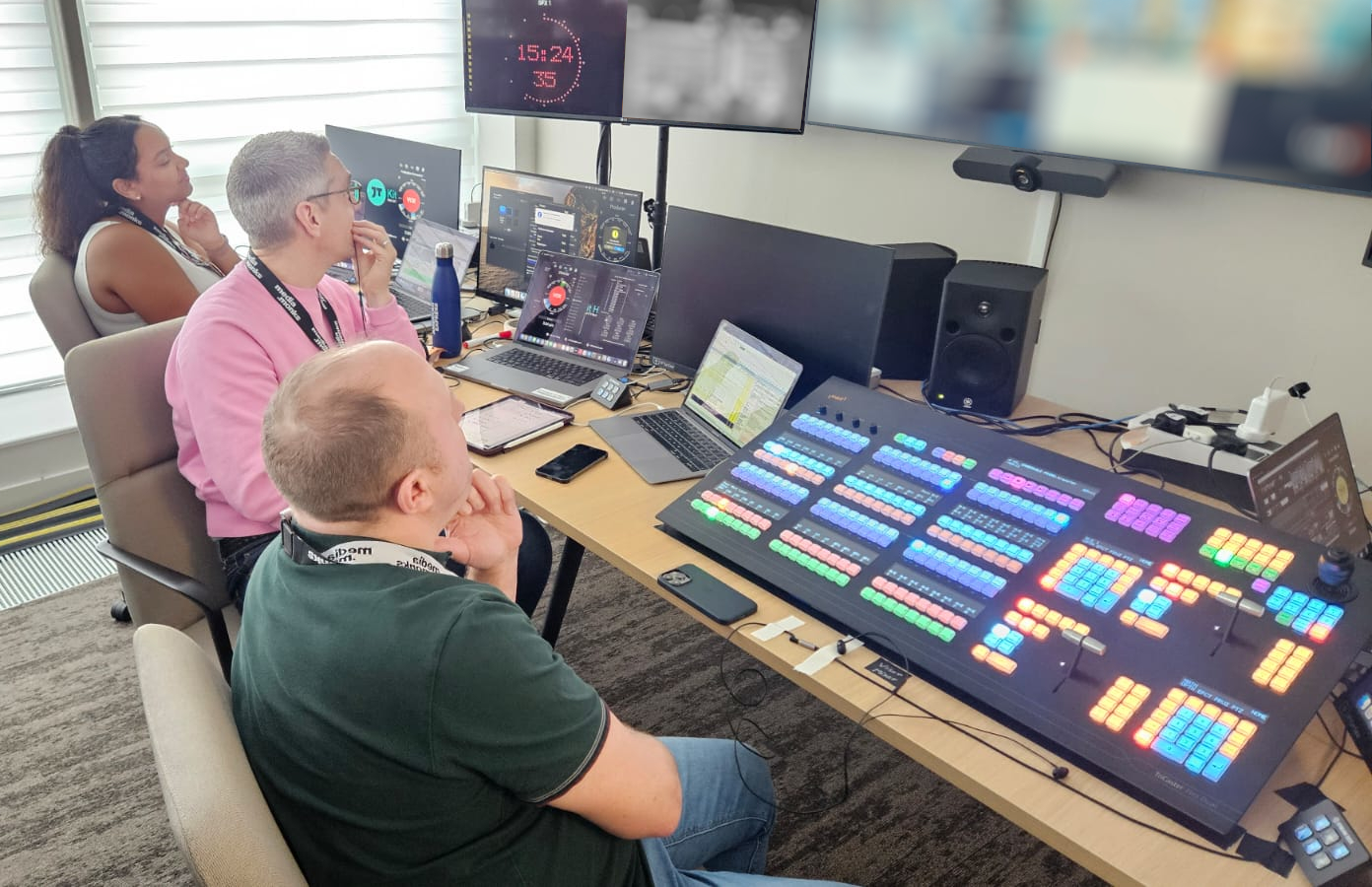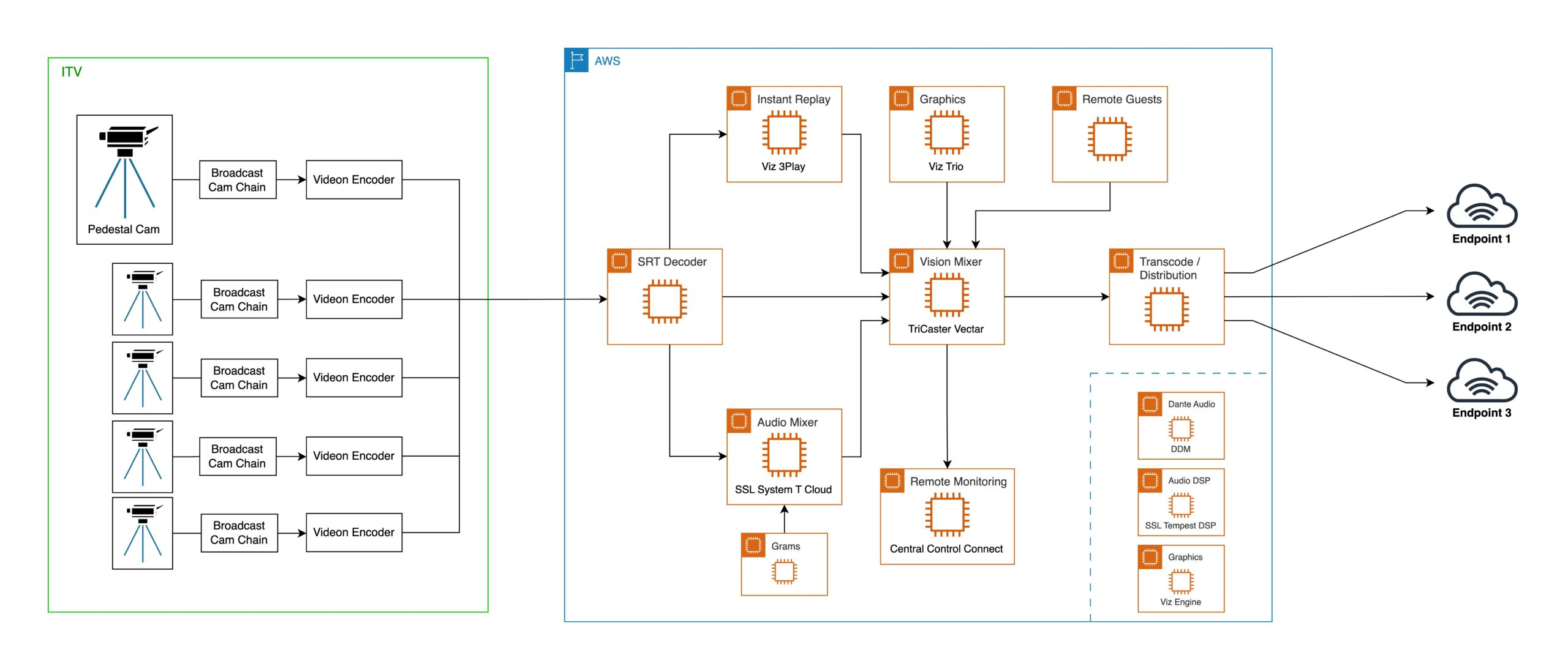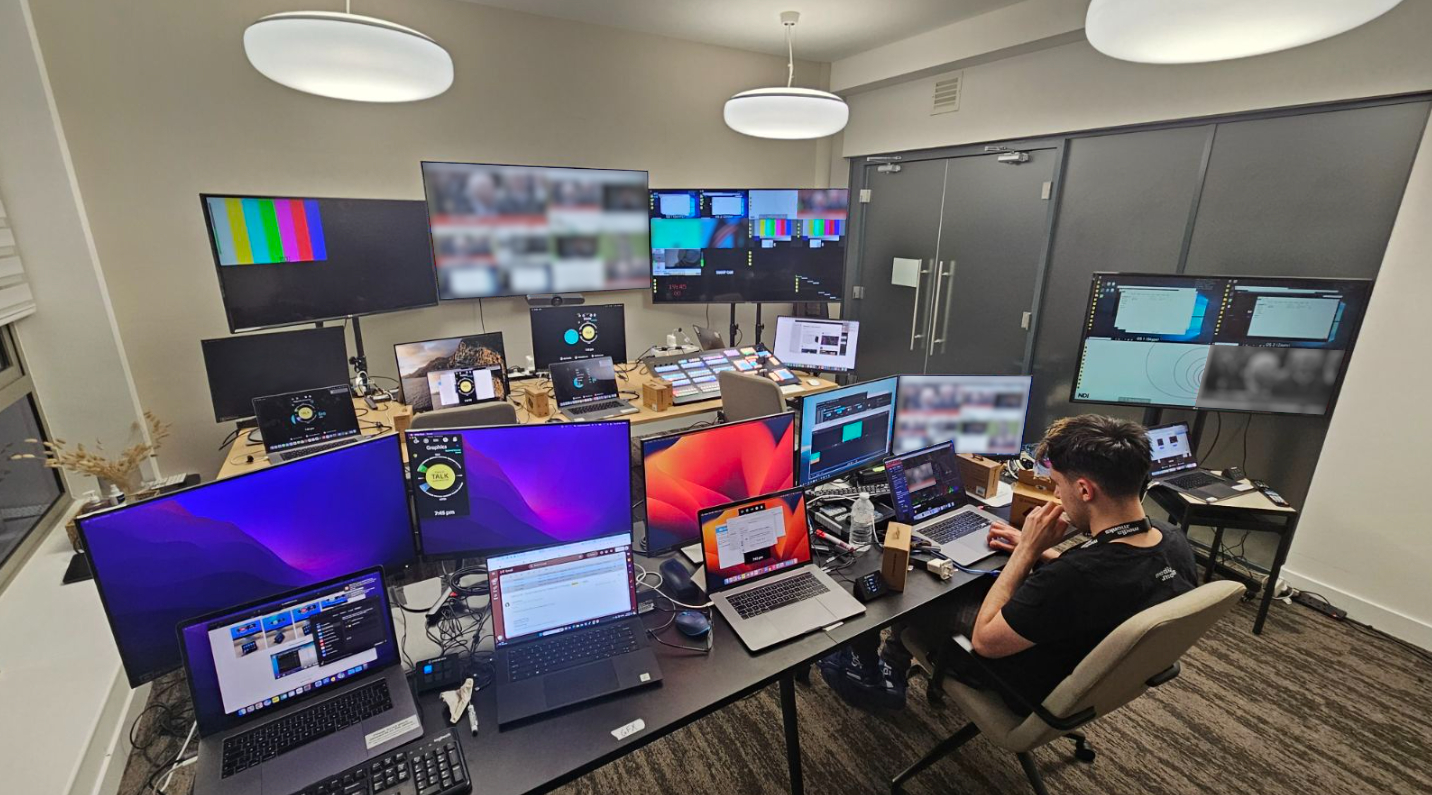The Cloud’s the Limit: Pioneering Cloud-Based TV Production With ITV and Media.Monks
Here’s how ITV and Media.Monks proved that a major studio can successfully produce TV from the cloud
Story Highlights
Broadcast is an industry that has been shaped by perpetual innovation. Recent decades have seen the switch from analog to digital, the mainstream adoption of high-definition video, and several revolutionary hardware advancements. At the same time, the industry is fairly conservative—and it’s easy to understand why, since one wrong move could potentially take a broadcast offline.
But we’re overdue for more sustainable ways of broadcasting and engaging with audiences; challenges like climate change and the increased complexity of viewing habits necessitate it. While Media.Monks has successfully helped sports broadcasters trade copper wires for the cloud through software-defined production—greatly reducing carbon footprint, costs and risk— broadcast TV remained the last frontier.
That is until ITV, the largest commercial studio in the UK, became eager to pioneer new possibilities, optimize workflows, and future-proof technology without compromising on creativity or increasing cost. Together, we sought to build the blueprint for more sustainable ways of engaging, then trialed that workflow with ITV’s operational crews. Here’s how we proved that a major studio can successfully produce TV from the cloud, and what we learned along the way.

Innovating the Production Workflow
We knew from the outset that we wanted to build a cloud production-based workflow. Also known as software-defined production, this process leverages software for the creation, management, and distribution of content, as opposed to traditional hardware-centric methods. Because we were trialing with such a workflow, we built a hybrid setup that seamlessly blended ITV’s best-in-class production crew with a cloud-based control room halfway across London. We then piped the feed from one of ITV’s previous broadcasts into the workflow, ensuring no risk of disrupting a broadcast.
The core functions (video, audio and communications) were all there from the start, and a hybrid setup made it easy to add more elements and services as required by production teams to deliver on their creative vision.
On-prem at the studio were five Videon LiveEdge® devices encoding camera feeds, synchronizing them, and streaming low-latency SRT to the cloud. The core part of the VPC on AWS was deployed by Vizrt’s Viz Now with just a few clicks—also in the cloud was vision mixing through TriCaster Vectar, graphics via Viz Trio and Viz Engine, and instant replay with Viz 3Play.
Central Control’s Connect module was used for low-latency monitoring, allowing the operators to work in near-real time. Audinate’s Dante Connect solution was integrated to provide native Dante audio within the cloud for SSL’s System T Cloud console and Viz Vectar Plus for remote mixing and audio integration. Dante was also used within the cloud architecture for audio and video playback as well as remote guest contribution. Additional machines were used for decoding, remote guest contribution, grams, and transcoding/distribution.

Harnessing Flexibility and Agility
The setup is pretty radical, especially given the ethereal and intangible nature of working with software in the cloud. But the benefits are obvious once you see it in action. One of the standout characteristics of this virtualized approach lies in its unprecedented agility; features or functions can be introduced or expanded rapidly, without the historically burdensome requirements of capital expenditure requests, physical hardware, additional network infrastructure, or even the need for extra space on the data center floor. This fluidity and scalability not only streamlines the production process but also significantly reduces the time and financial overhead associated with enhancing the broadcast capabilities, allowing for a more dynamic, responsive and creative production environment.
This same flexibility presents significant advantages in terms of power consumption and thermal management. Imagine you’re in the middle of hosting a show, and suddenly, the control room is at risk due to insufficient electrical power or escalating temperatures from running high-demand equipment. In a conventional broadcast setup, mitigating this would involve the cumbersome process of integrating additional hardware, a task that’s not only time-consuming but also resource-intensive.
However, the need for physical hardware diminishes significantly with software-defined production. As long as there’s access to a strong, reliable internet connection, scaling up services or adding new functionalities becomes as effortless as downloading an app on a smartphone. This was highlighted when one of the video editors, accustomed to traditional broadcasting norms, asked where the physical “crate” was that he needed for his task. The moment underscored a pivotal shift: in the cloud-based paradigm, the crate he was looking for doesn’t exist in a physical form but is rather a virtualized function, accessible through software.

Maximizing Space Efficiency and Promoting Sustainability
You can imagine based on the above that another eye-opening result of our trial was use of space. After a project concludes, production teams often find themselves with an array of physical equipment that, while critical to past operations, now sits dormant, occupying valuable space. This situation compounds over time as technology progresses. The shift to cloud-based workflows liberates production from this cycle, ensuring that space and resources are allocated efficiently.
Finally, but perhaps most importantly, embracing cloud-based workflows introduces a new era of environmental consciousness in broadcast production. As dependency on physical infrastructure diminishes, we significantly lower our footprint. This shift means fewer trucks on the road to transport bulky, traditional broadcasting equipment and a reduction in the reliance on generators that have long been a staple for on-location productions. Moreover, leveraging cloud services such as those provided by AWS not only enhances operational efficiency but also aligns production activities with greener practices. AWS’s commitment to energy efficiency and its investment in renewable energy sources ensure that cloud-based broadcast operations contribute to a sustainable future, offering a cleaner, more responsible way to produce content without compromising on quality or creativity.
Setting the Blueprint for the Future of Broadcast
ITV and Media.Monks stand at the forefront of a transformative shift within the broadcast industry, steering the copper-to-cloud revolution. From enhanced agility and control to the realization of more sustainable productions, ITV’s foray into cloud experimentation is not just about redefining its operational landscape; it’s about setting a new standard for the industry at large. With the addition of new tools like NVIDIA Holoscan for Media bringing opportunities for containerization, the agility, flexibility and sustainability realized through this process serve as the blueprint that will push our industry forward, proving that when it comes to innovation in broadcast production, the cloud is the limit.
